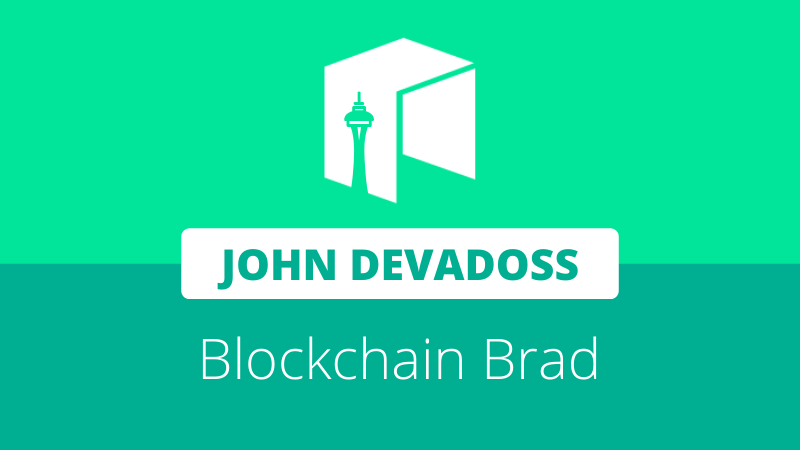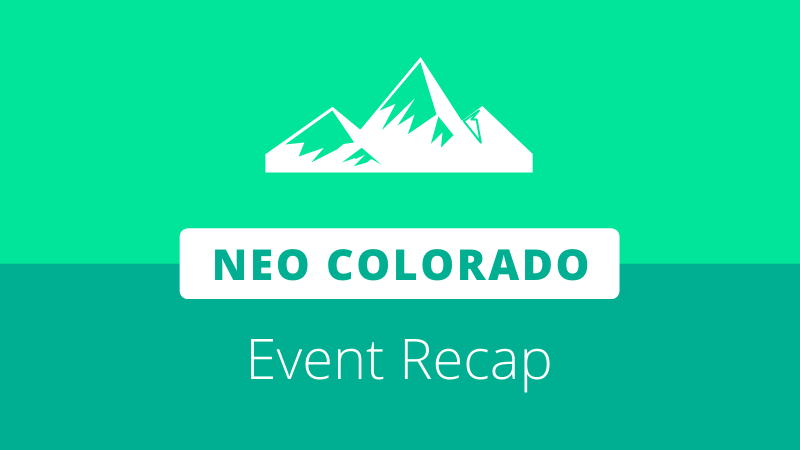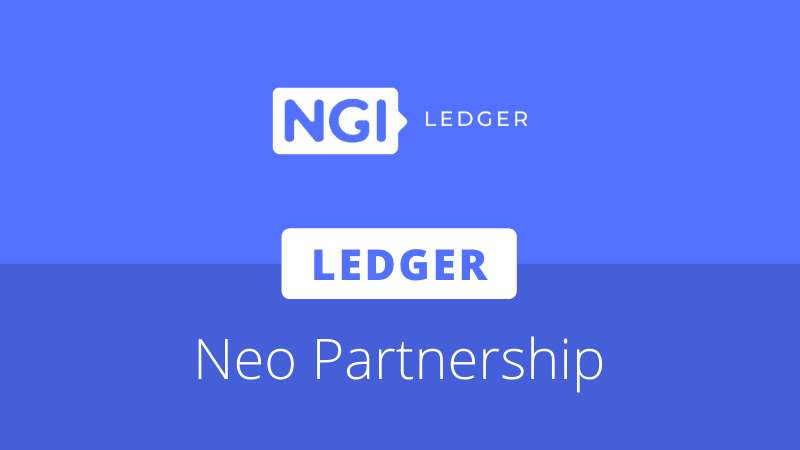
Head of Neo Global Development Seattle, John DeVadoss, recently participated in an extended video conference with Australian YouTuber, Brad Laurie, also known as “Blockchain Brad.” The interview lasted over an hour, covering a wide range of topics that included deVadoss’ background, developer recruitment and onboarding, toolsets, .NET, digitized assets, Neo apps, funding, Neo3, China, and permissioned vs. public chains.
Due to the interview’s extended length, some of the topics broached in the video are not summarized here.
Developer Recruitment
Laurie and deVadoss started off the conversation by recalling deVadoss’ background of building platforms and his career at Microsoft. deVadoss reiterated a key stated goal since joining Neo: that of onboarding the “mainstream” development community to the blockchain. deVadoss elaborated on the current situation in the world of blockchain:
“It very much looks as though the chains have been fighting for a very small number of developers. And the world view was, ‘Oh, we only have these 50,000 developers that know how to build smart contracts.’ And so we have to figure out how to take this really small pie and share amongst the various chains.
My view is completely different. The way I see it is, again, you know, 20-plus million developers [worldwide]…these are people who write code for a living, they use well-known common tools, they have certain expectations in terms of, for example, debugging; as an industry, the crypto world has not done a good job in terms of addressing debugging scenarios.
So that’s a really clear instance where in the past, the industry has failed the mainstream developer… Demanding developers to go get the compiler from one place, to get the debugger if available from another place, to get the PrivateNet from a third place, and so on… We owe it to them to give them the tooling, one IDE, one place to go to edit, to build, debug, test, deploy, the whole cycle, right. One place to go to use the libraries, the frameworks — and that’s really what at Neo we have been doing over the last 12 months in Seattle.”
Toolsets
Laurie then remarked on the astonishing development pace of the blockchain industry as a whole, and asked deVadoss about the state of Neo’s tooling and toolkits, the primary focus of the NGD Seattle development offices.
“I would stake our toolsets and what we have done for developers against anybody in the industry. At this point, any mainstream developer can go to the Visual Studio marketplace and download the extensions, the PrivateNet, it’s all in one package, and essentially have a first-class developer experience, comparable to anything they have been used to in terms of cloud platforms or other enterprise toolsets.”
“NEO was very unique in taking a polyglot perspective, being able to address developers from multiple language communities. In Seattle, what we have done is built on that very robust foundation… bringing what we know from the team here ensured that we can have a first-class mainstream developer experience.”
.NET
The conversation turned towards .NET, the software framework developed by Microsoft that provides language interoperability across several programming languages. Laurie remarked that multiple language support and .NET set Neo apart from other blockchains.
deVadoss elaborated:
“Taking a bet on .NET… .NET is a multi-language stack, and in doing so, we’re able to much more quickly and almost seamlessly add support for any new language.”
Digital Assets
Laurie inquired about Neo’s disruptive potential and its future use case as a platform for tokenized assets. deVadoss wholly agreed, commenting:
“…Digitizing any and all assets…This is a train that is gathering speed, gathering momentum. We will see asset digitization across all shapes, sizes, and forms, and we are betting that across the core platform, the stack, with NeoID, NeoFS, the oracle support, the tooling support, that we will be in the best place to be able to support this asset digitization. That is the disruptive element.
To do so, again, we have to make this drop-dead simple. For example, with the Neo toolkit right now, in about three or four minutes, you can build and deploy a simple smart contract…
With that said, in the next three, four, five months, you’ll see Neo3 out in the market as a massive investment we have made in terms of the coin infrastructure with respect to performance, latency, and scalability, with the goal of taking Neo mainstream.”
NEO Apps
deVadoss shared his view on dApps as part of a larger point about the overall readiness of Neo’s developer support and tooling:
“The term ‘dApp,’ I think, unfortunately, is baggage we are carrying as an industry. If I could, I would just drop the term ‘dApp.’ Why is this? I think first of all, we will not see pure, pristine [fully decentralized] dApps, there will always be hybrid dApps… to be able to digitize assets means that you have one foot in the old and one foot in the new. So when you say ‘dApp,’ I think we are somewhat unfairly setting up this positioning.
Second, it was almost the search for this mythical unicorn dApp, that will drive adoption and change the industry. In the history of platforms, Brad, that has never been the case.
The way it works, is, you know, you empower millions of developers and a thousand flowers will bloom and across this you will see innovation, growth, and obviously rapid adoption.”
Permissioned vs. Public Blockchains
Laurie remarked, “We’ve already seen evidence of adoption of certain private chains in the context of commerce,” and wondered about interest levels in public blockchains from companies that are accustomed to operating closed databases. As a response, deVadoss linked his experience building Microsoft Azure’s cloud computing service with what he sees in the modern blockchain industry:
“I’ll give you some history. You know, when I was part of building out the very first wave of Microsoft Azure… there was a similar trend. You know, we would hear from people… ‘I don’t want to use the public cloud, I want a private cloud,’ right. ‘I want to build my own private cloud instance.’
Over time, it became apparent that yes, there was a need in certain markets, in certain sectors, but that was not going to be the majority, if you will, with respect to usage. I see the same thing happening here, Brad.
There will always be some small subset… for economic reasons, or security reasons… With that said, I certainly believe the vast majority will be on some combination of public and possibly some permissioned chains.
Of course, you know in this context it is too soon, I think, to call winners and losers. The scenario, the movie to me, plays out much like the cloud movie. You know, back then we had the so-called hybrid cloud scenario. I see a similar trend here as well, where you know, it might not be in isolation. Maybe the settlement will happen on the public chain…
I certainly do believe that public is the significant majority with respect to adoption, traction, and certainly commercial usage in the near future.”
Brad Laurie is a cryptocurrency educator on Youtube.
John deVadoss is Head of Global Development at NEO.







About The Author: Colin Closser
Colin Closser, M.D., was a speaker at the first NEO DevCon in San Francisco. A devoted contrarian, he has managed the improbable: a peaceful and healthy life, despite holding a medical degree. He aspires towards the wisdom of Michael Lewis and Nassim Nicholas Taleb.
More posts by Colin Closser